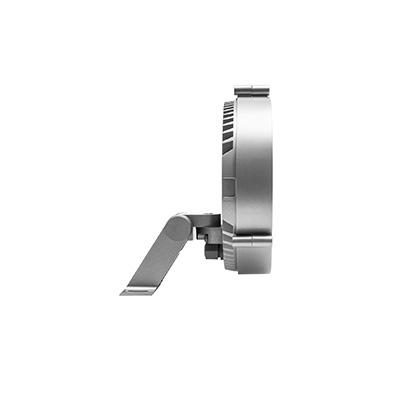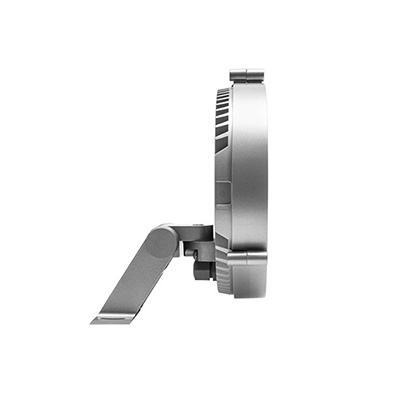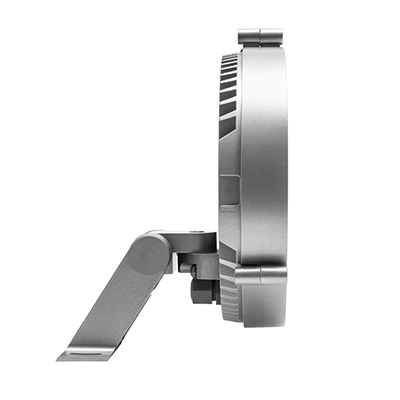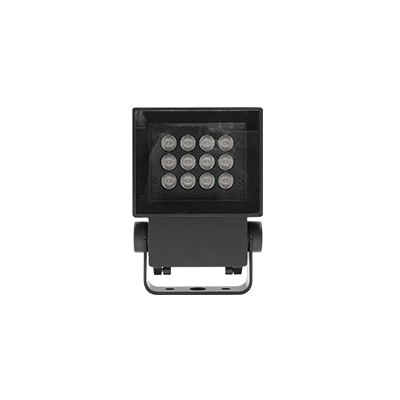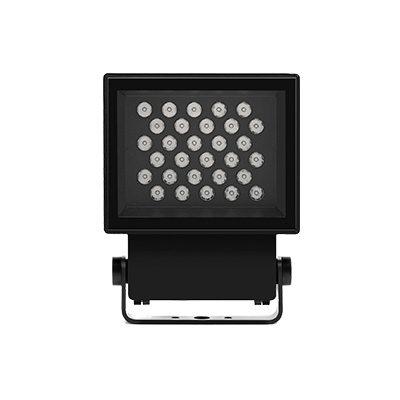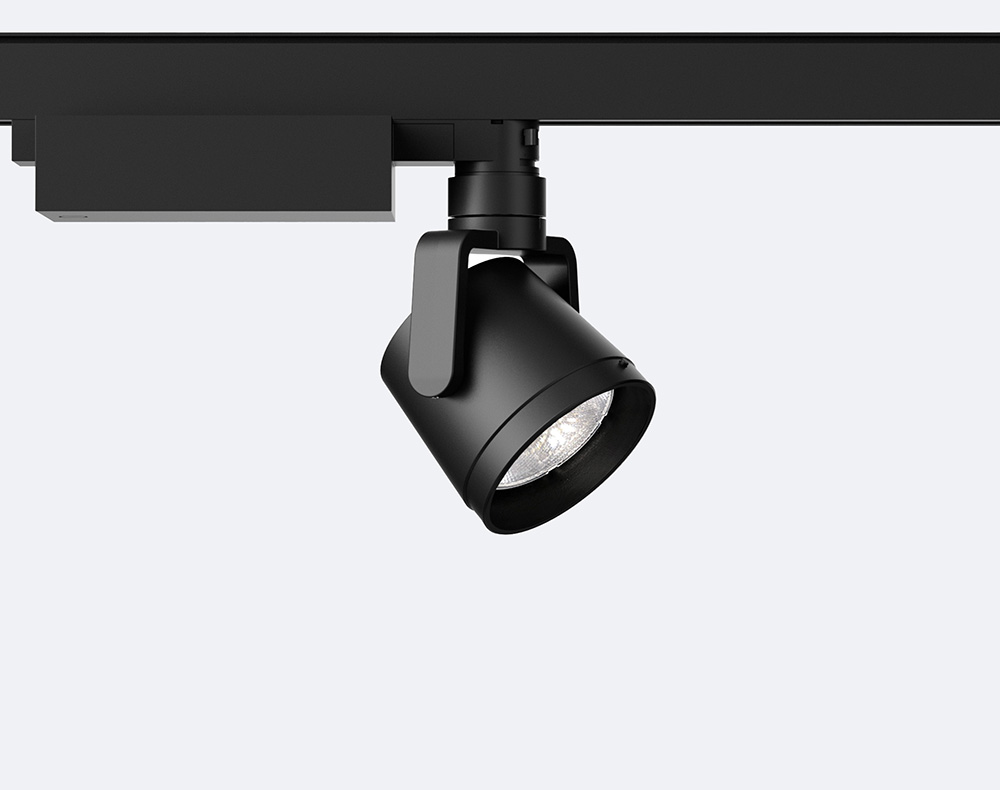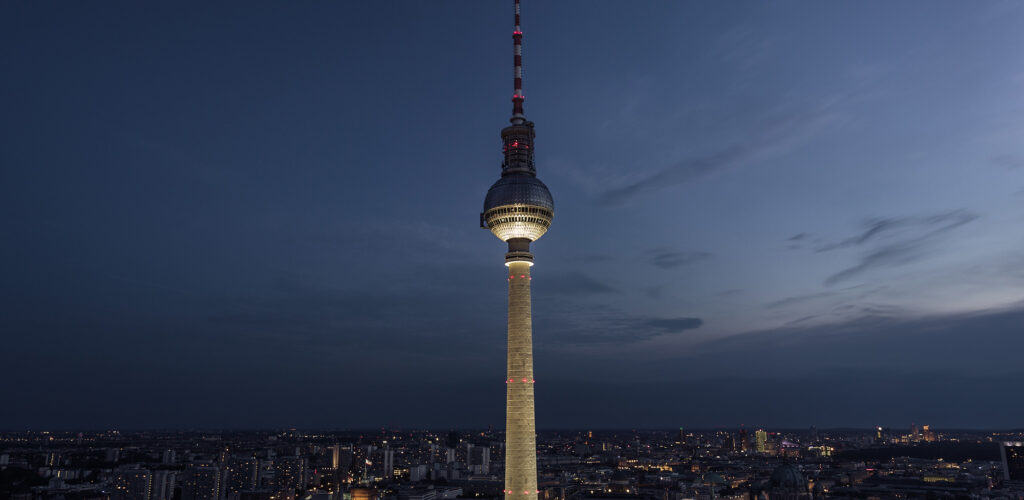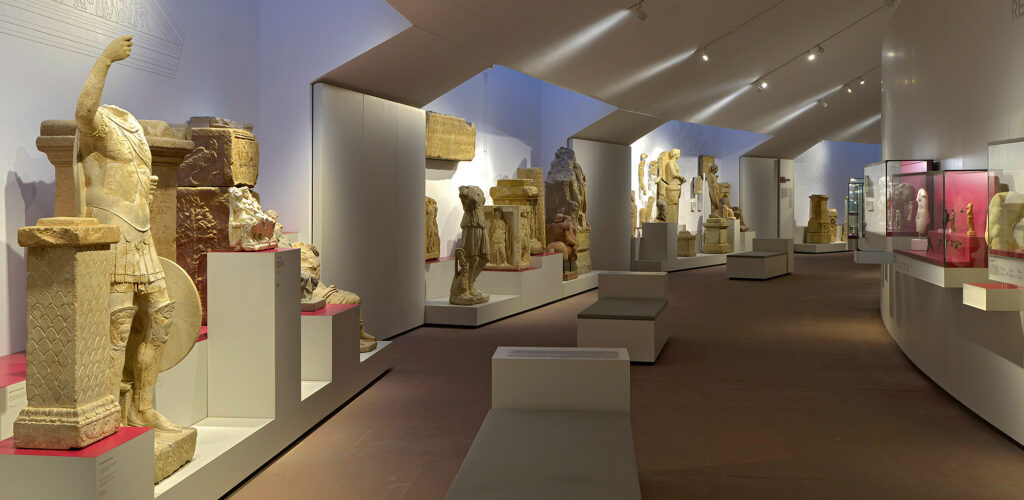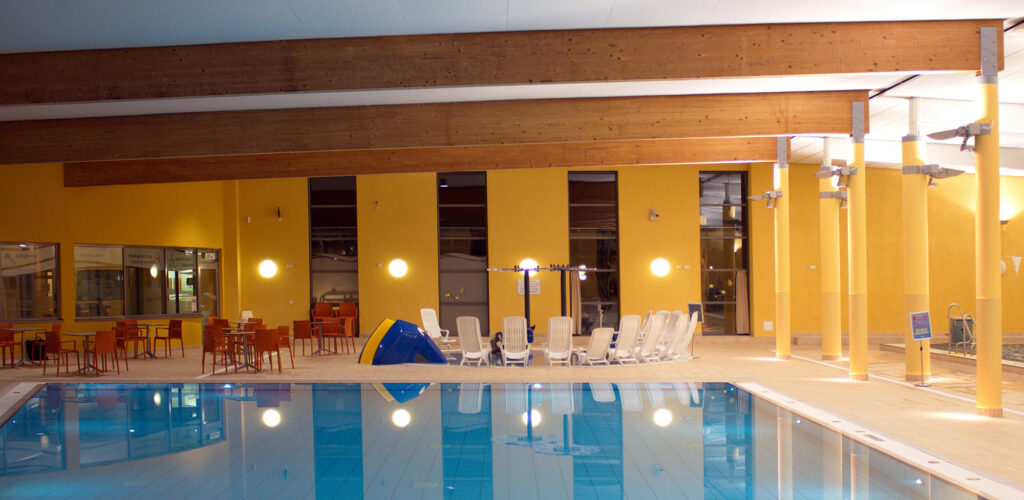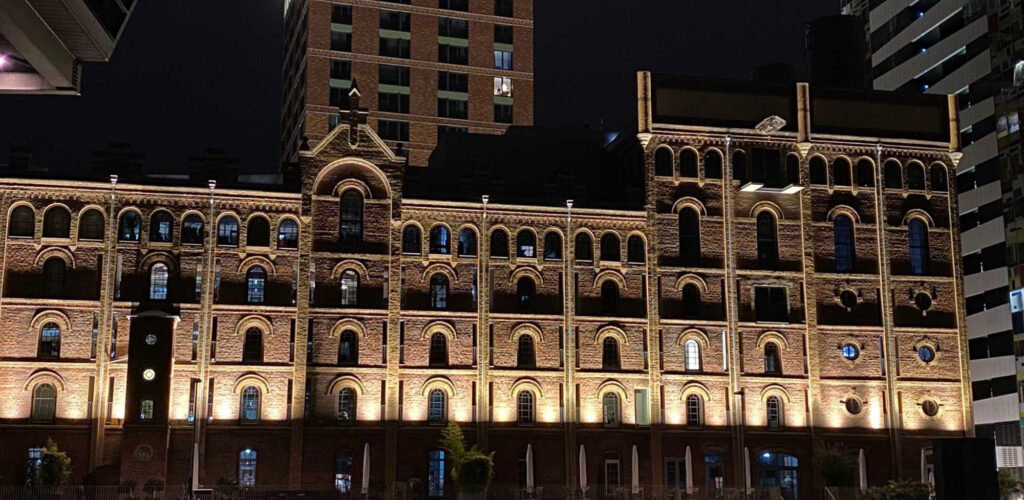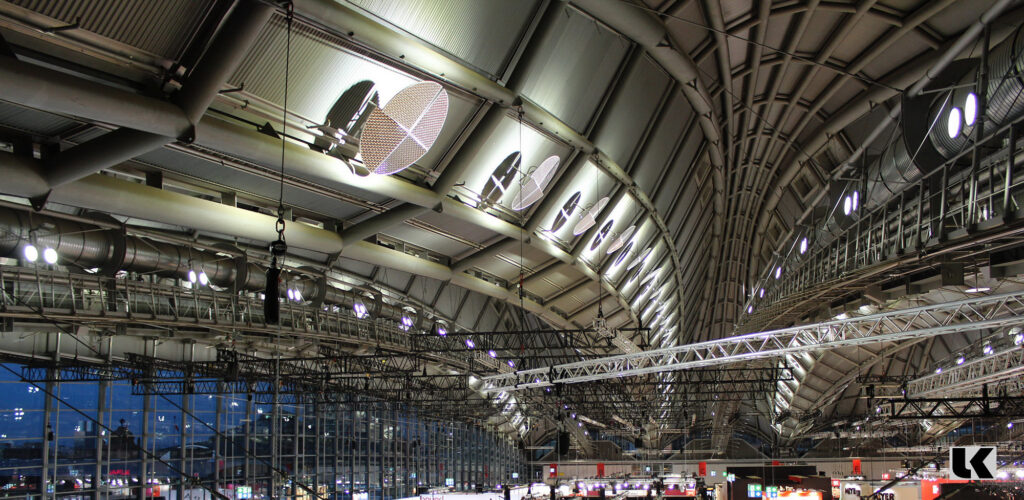Architecture
Architecture
Architectural lighting – skilfully setting the scene for buildings and rooms
Architecture is the interplay of shapes and dimensions, surfaces and volumes, insights and vistas. In order for a building to be perceived in the architect’s sense, some support is required. The given framework conditions are not always as desired. Light is able to create depth and optical highlights or to make a filigree building look like a clumsy block from a distance. The targeted use of architectural lighting is therefore important. Only the optimal light is able to stage architecture optimally in the sense of the structurally implemented ideas. Nur das optimale Licht ist in der Lage, Architektur optimal im Sinne der baulich umgesetzten Ideen zu inszenieren.

Why illuminate architecture?
Light and shadow are able to create depth like no other medium. Bright areas step forward and into the focus of the viewer. Dark areas recede and create depth. The mixture of light and shadow, of brightness and darkness enlivens and creates a clearly perceptible spatial effect. Three-dimensionality is highlighted and emphasized. Colors and materials can also be better perceived with appropriate lighting, so that the architectural concept as a whole can be perceived and understood within the framework of appropriate architectural lighting.
Why illuminate architecture?
Light and shadow are able to create depth like no other medium. Bright areas step forward and into the focus of the viewer. Dark areas recede and create depth. The mixture of light and shadow, of brightness and darkness enlivens and creates a clearly perceptible spatial effect. Three-dimensionality is highlighted and emphasized. Colors and materials can also be better perceived with appropriate lighting, so that the architectural concept as a whole can be perceived and understood within the framework of appropriate architectural lighting.
Requirements of appropriate architectural lighting – more than just bright
Architectural luminaires must fulfill a whole range of different tasks:
— Architectural luminaires must fulfill a whole range of different tasks:
— Creating light and dark to emphasize plasticity
— Highlighting form, material and color
— Sharpening the language of form and the perception of space and spatial edge
Of course, architecture is always built with a purpose, the building is used. Therefore, architectural lamps are always subject to very mundane demands:
— Ensuring the minimum brightness for the intended use
— guiding users and visitors in the building
— Ensuring safety in case of emergency, e.g. fire
In order to meet both technical requirements and design demands, luminairs in architecture must have some essential performance characteristics.
Light and shadow – selecting and changing light intensities
In order for light and shadow to be directed and influenced in a targeted manner, it is of course important to have the appropriate light intensity. The larger the room, the greater the desired light intensity. However, this can only be effective if the light circle can be specifically directed and, if necessary, limited. Appropriate possibilities for adjustment and adaptation, possibly via accessories, are therefore essential for every luminaire.
Color on the object – color in the light
In addition to the pure light output, the color of the light also plays an important role. Even slight nuances in light color can significantly change impressions, especially in the area of material and color perception. The more variable a building is in terms of its aesthetic requirements, the more variable the luminaires used must be.
Light on and in the building – variety from SILL
Hoffmeister does not just offer individual special products for architectural lighting. Instead, our entire portfolio of lighting technology is suitable for implementing the high design demands of architects in an interplay of different individual luminaires. The planner can respond to every individual requirement and achieve the optimum result from both an aesthetic and technical point of view.
Spotlights, recessed luminaires and pendant lamps – versatility in the interior.
The interior of sophisticated architecture benefits from the versatility of our luminaires. The ak.tina, gi.no and lo.nely series stand for high-quality and high-performance spotlights for interiors. Different luminous intensities and comprehensive dimmability ensure appropriate luminosity. Accessories such as lenses and screens ensure targeted light control, starting from the freely swiveling spotlights. The Tunable White function also enables individual products to adjust the light color according to current, even changing requirements. The DL50-DL100 series and the complx series, on the other hand, stand for recessed luminaires for almost invisible installation in suspended ceilings and other components. Here, too, a high variance of performance data is convincing, offering the right solution for every requirement. The in.line series supplements the interior lighting with line luminaires, which primarily provide wide-area brightness, for example for rooms, zones or even movement areas.
Spotlights and line lighting – effective lighting for outdoor areas
In outdoor applications, our multi.flood projector as well as our spotlights ans plane projectors with intensive luminosity at a small number of lighting points are particularly impressive. Luminous values of up to 40000 lumens per individual luminaire can be implemented, so that entire facades and parts of buildings can be reliably illuminated with almost invisible lighting technology. Linear light sources suitable for outdoor use, on the other hand, are our linear luminaires of the led.modular series. Strong luminosity meets variable light spread and comprehensive modulation capability.
Performance meets reliability – protection, resistance and energy-saving technology
Our luminaires are fully designed and fused according to current technical standards. This means at least protection class IP20 for indoor areas and IP68 for outdoor areas with comprehensive protection against dust and water. If required, individual luminaires have a tested resistance to mechanical stress according to class IK07. In addition, we rely on energy-saving LED technology, since only architectural lighting with LEDs enables unrestricted functional operation within an economically interesting framework. Only energy-saving luminaires give architects and lighting planners full design freedom without having to factor consumption and energy costs significantly into the planning process. Performance meets unbeatable efficiency – with architectural lighting from Hoffmeister.

All information can also be found clearly in our PDF, which we are happy to offer you for download.
You have questions?
We look forward to hearing from you. Send us a message and we will reply as soon as possible.
